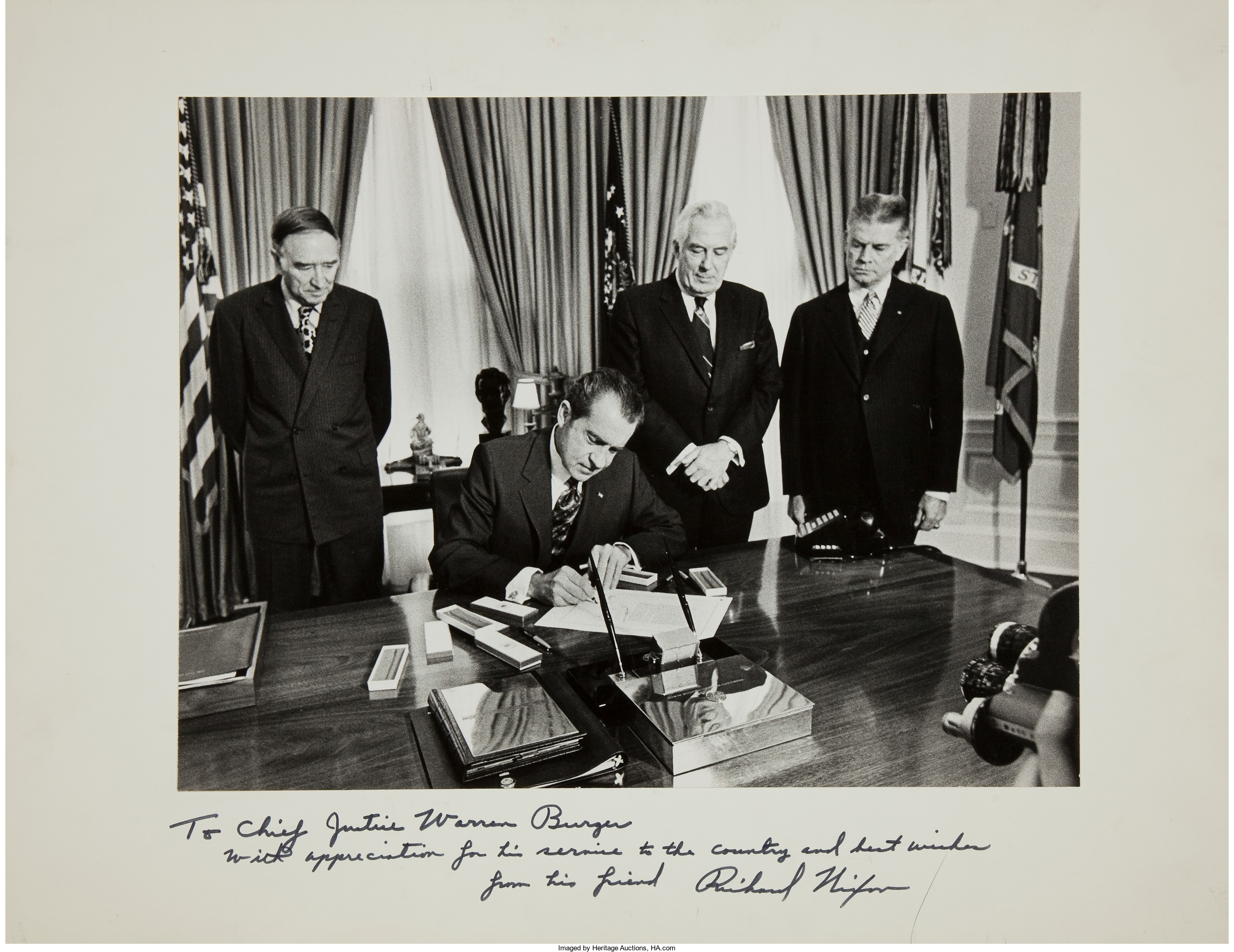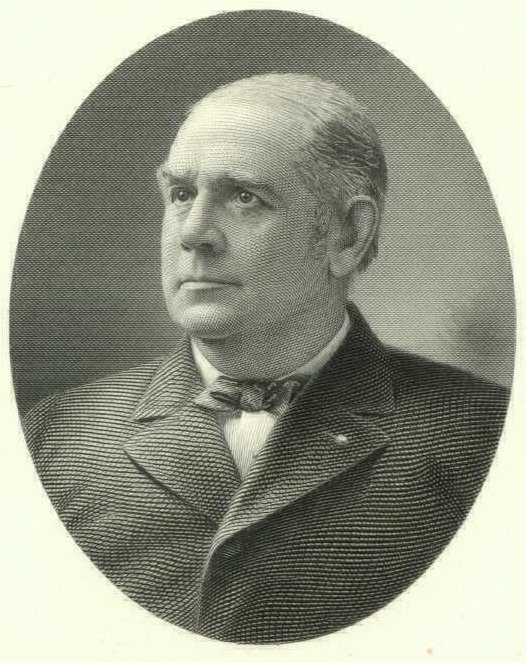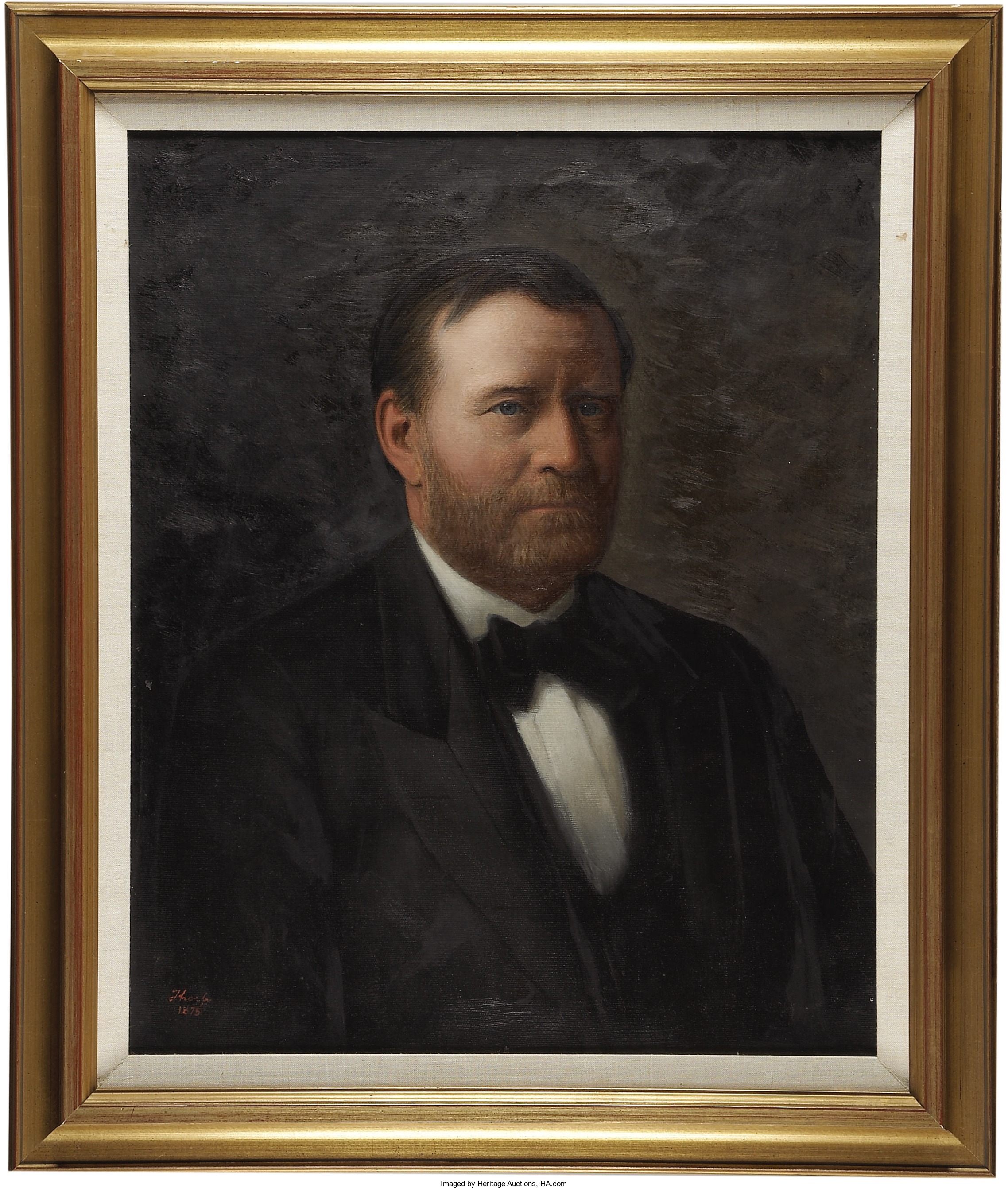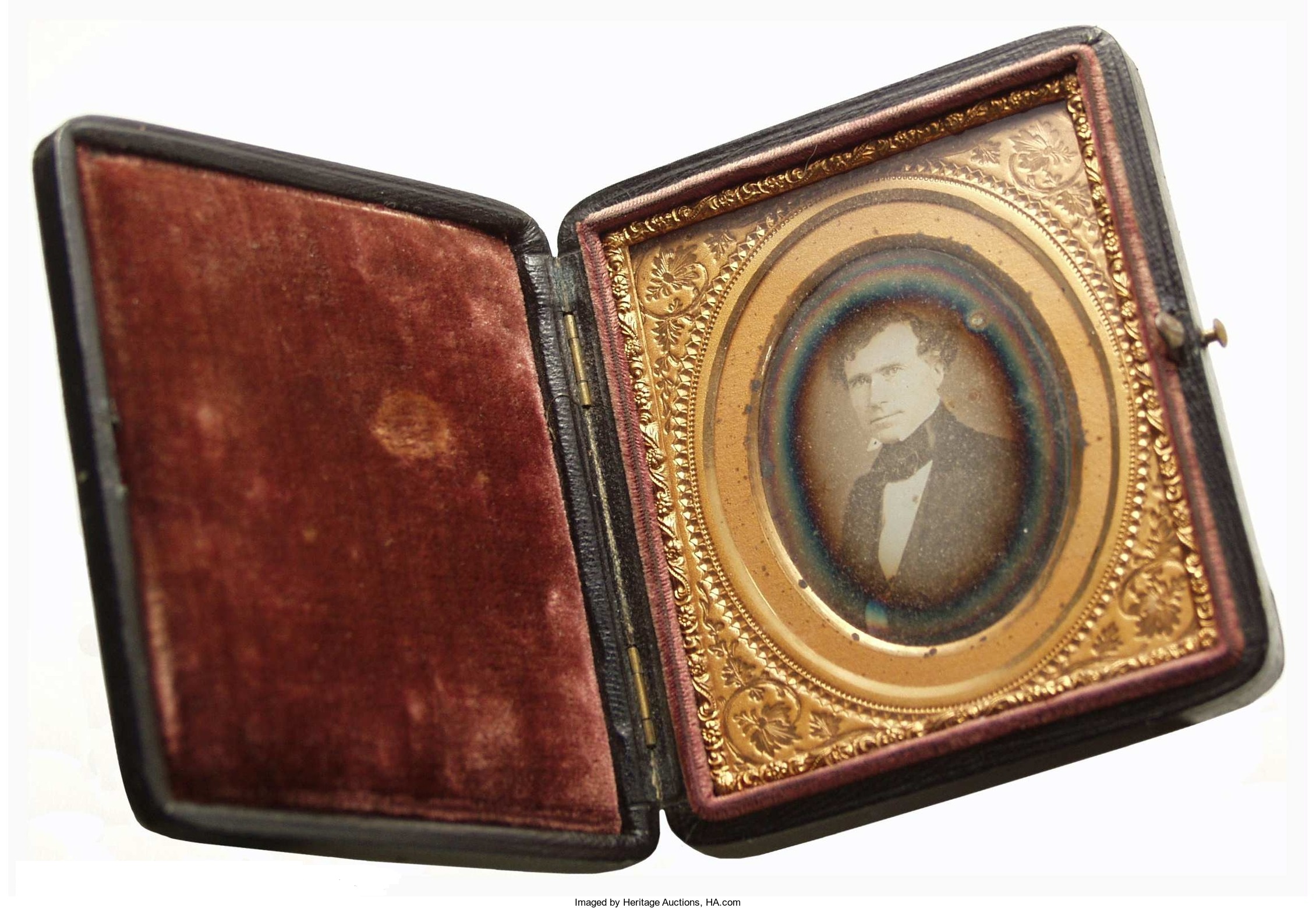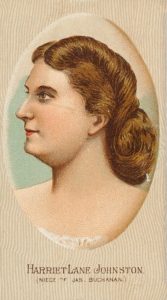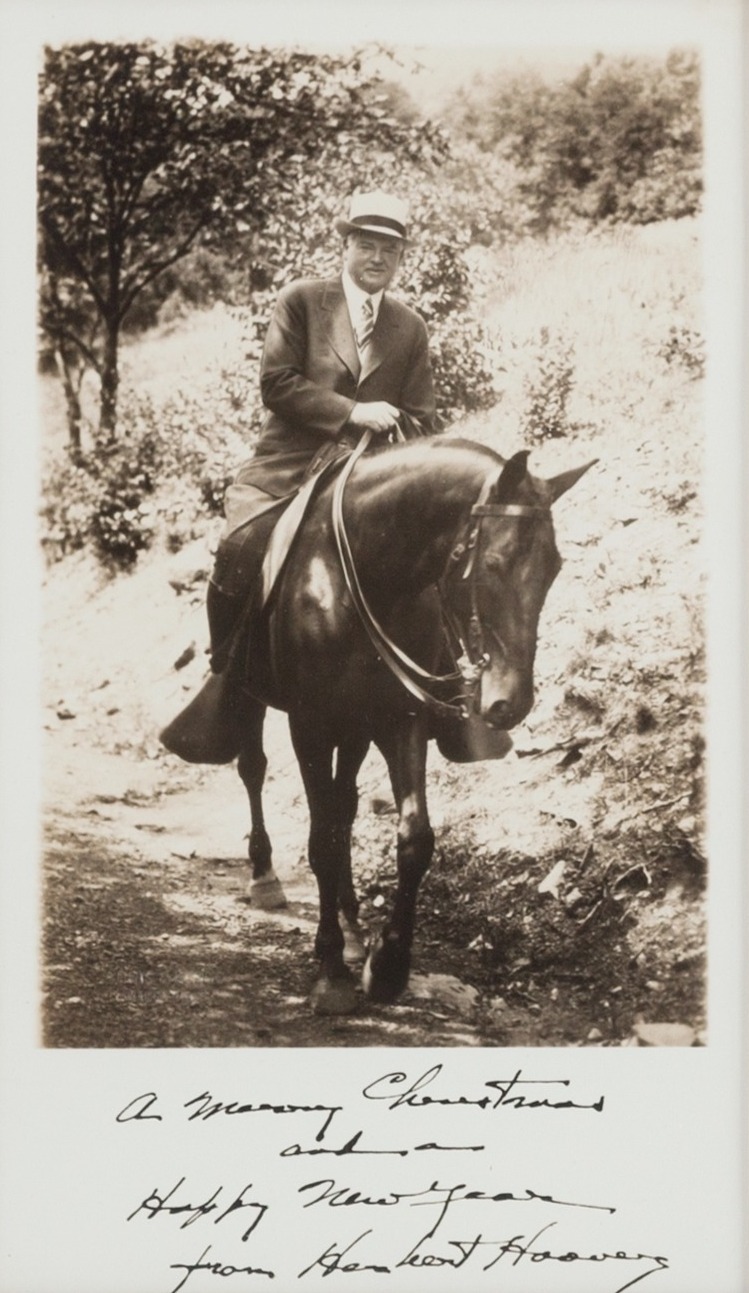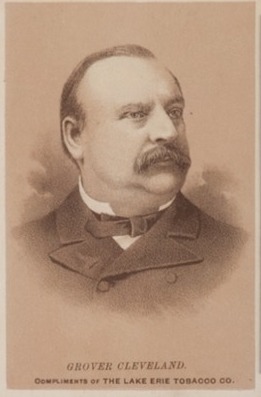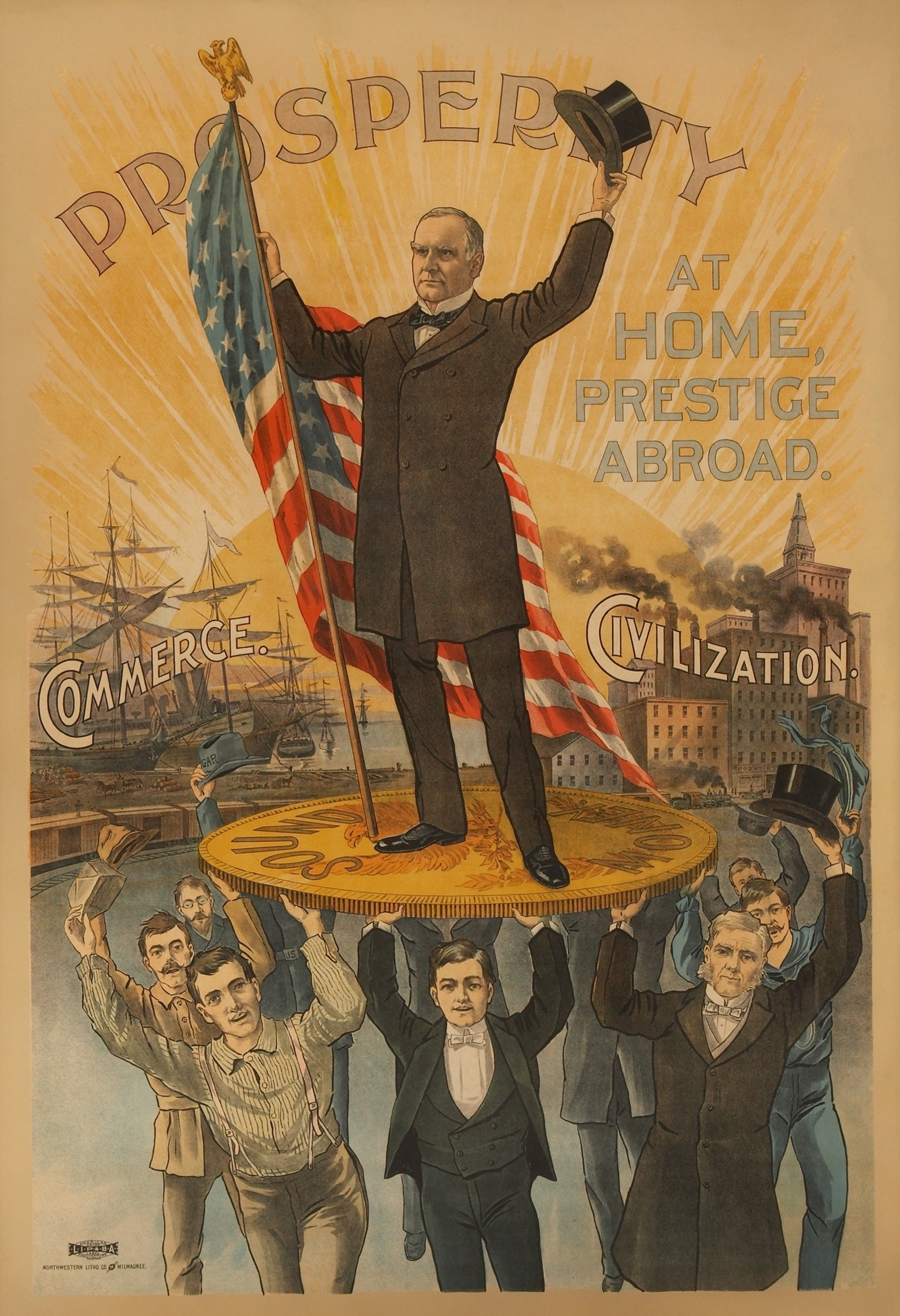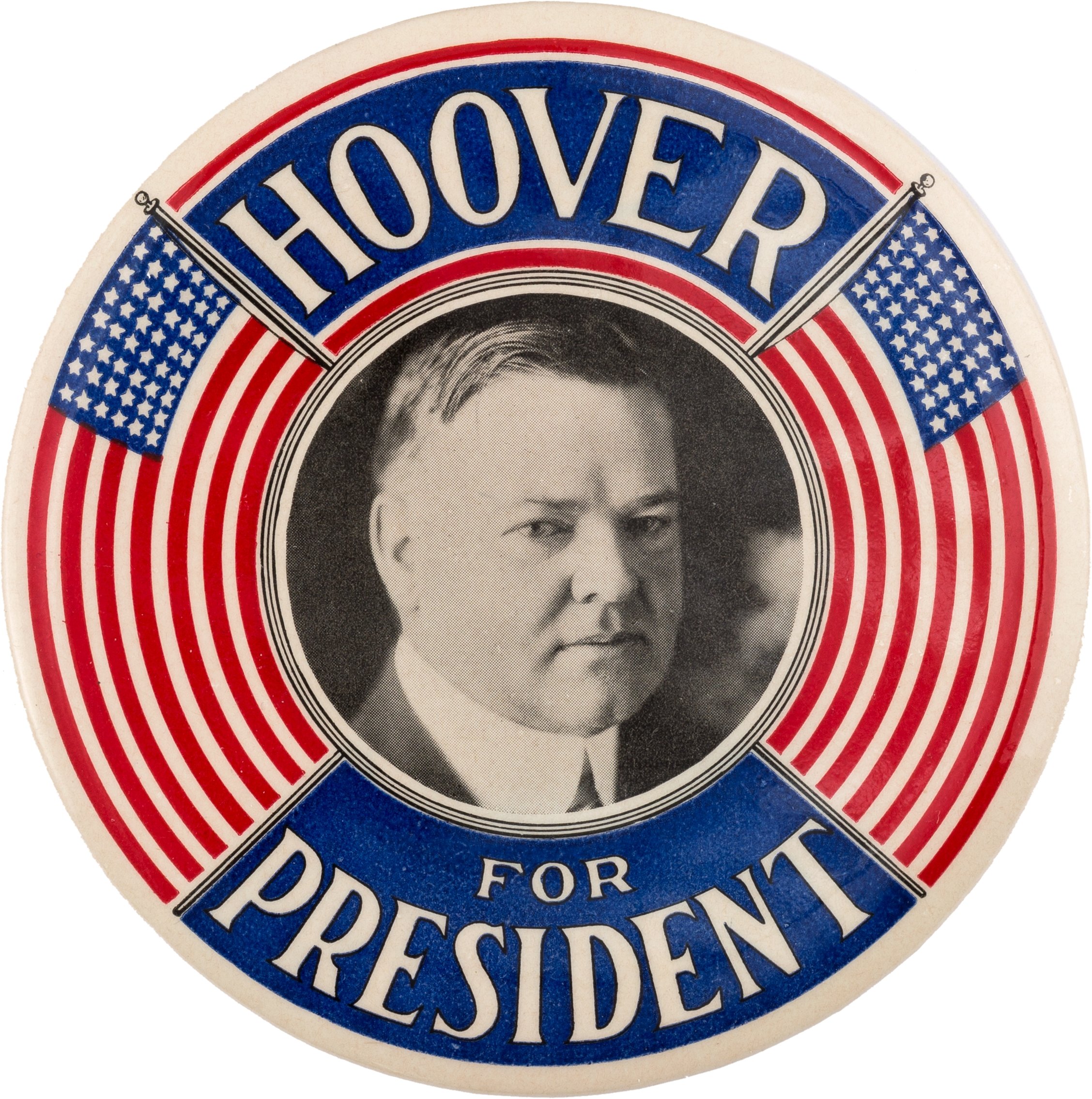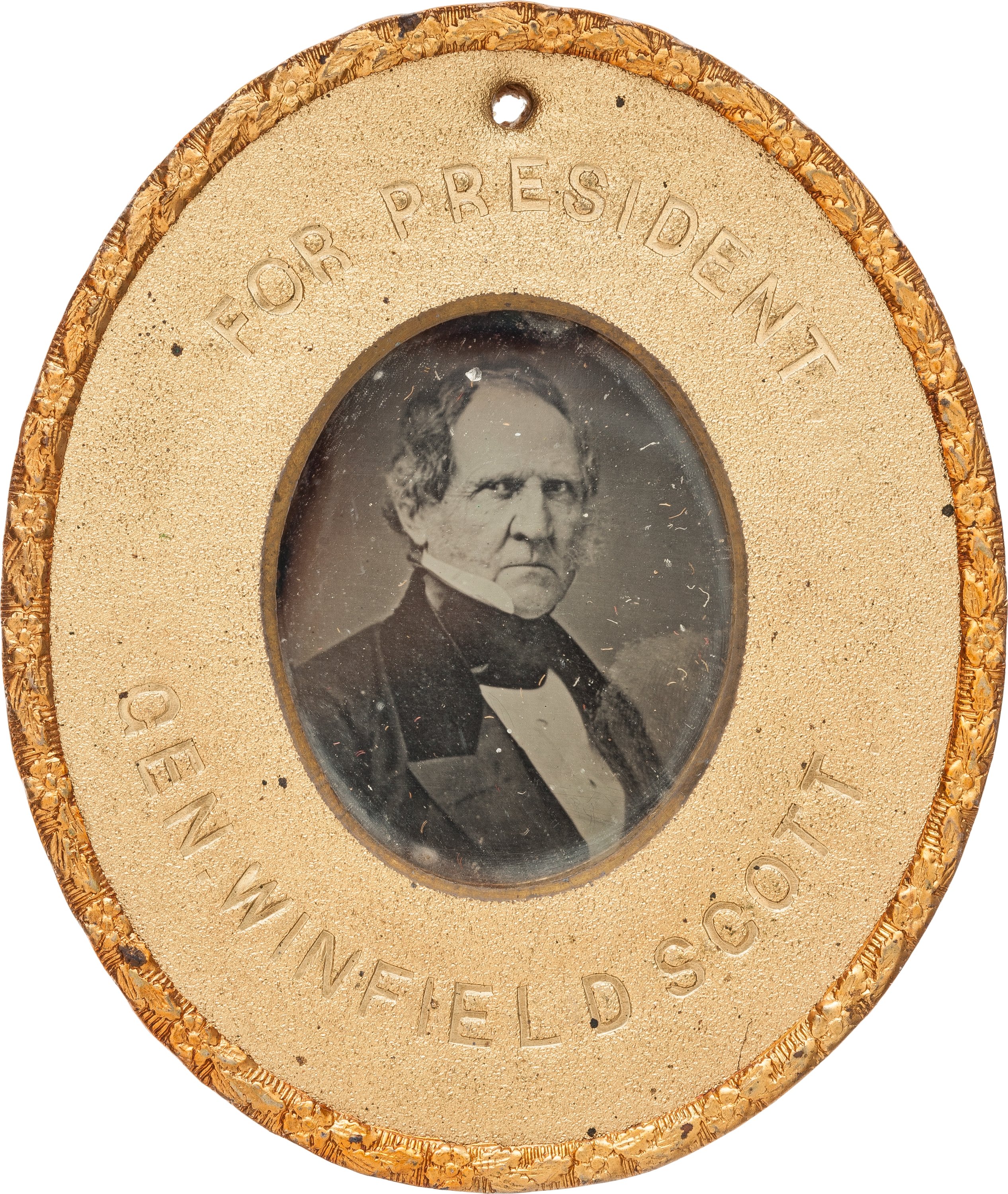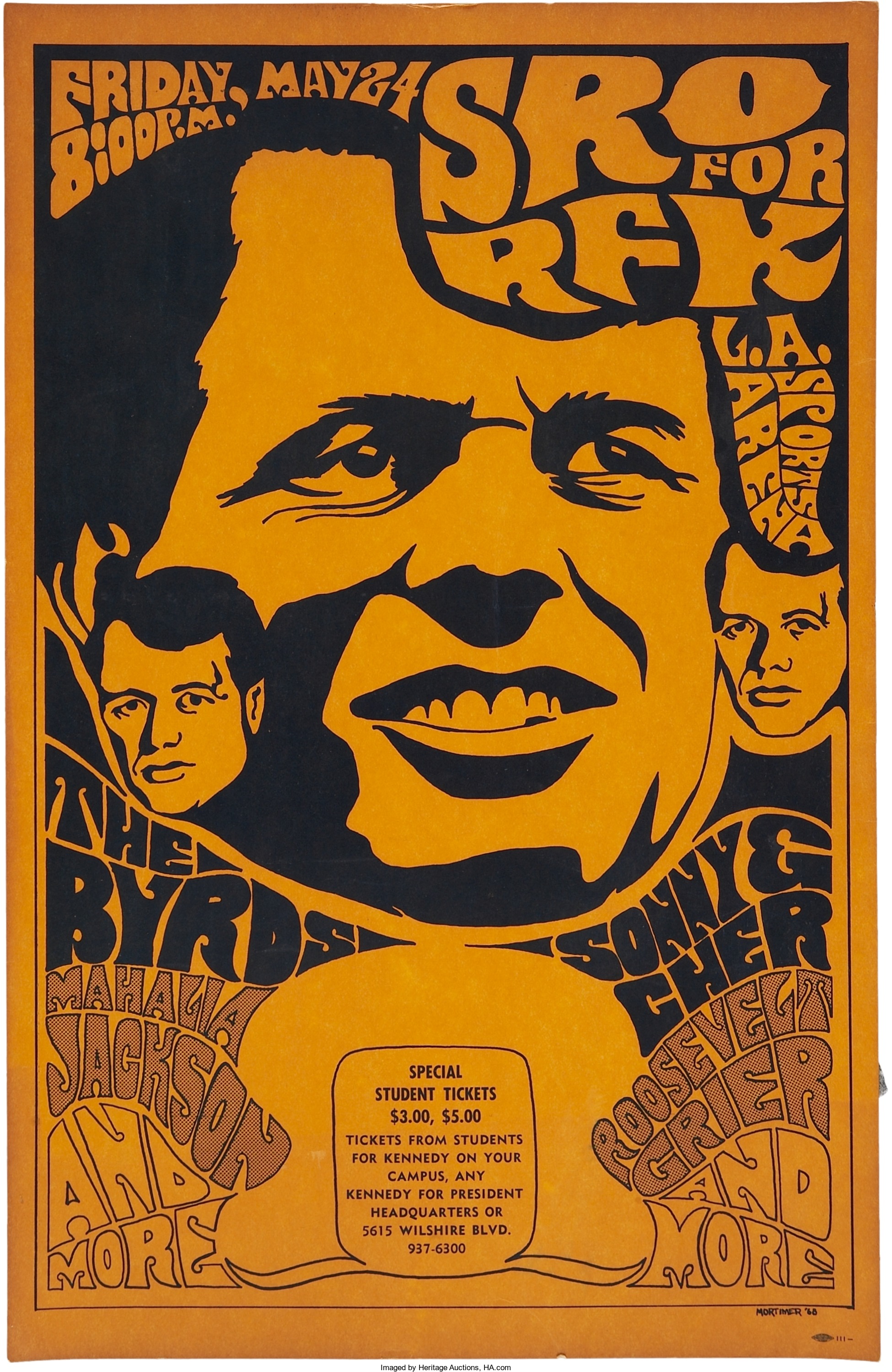
By Jim O’Neal
Robert Kennedy was boarding a plane for a campaign stop in Indianapolis when he heard the news that Martin Luther King Jr. had been shot and when Kennedy arrived, the chief of police informed him the city could not guarantee his protection. Kennedy ignored the warning and went straight to the rally.
He asked an aide, “What should I say?”
When they arrived, the crowd of nearly 1,000 waiting for him was unaware that King had died and they gasped when Kennedy told them. Some, in disbelief, continued to cheer. Others had not heard him. “You can be filled with bitterness, with hatred and a desire for revenge,” he said, speaking in the glare of lights, a black overcoat protecting him from the cold. “Or we can make an effort as MLK did … to replace that violence, that stain of bloodshed … with an effort to understand, with compassion and love.”
RFK had the best speechwriters in the business, yet here, he spoke extemporaneously, asking the people to reject division and lawlessness and to pray for “our country.” Then he remembered words from the Greek poet Aeschylus: “Even in our sleep, pain which cannot forget falls drop by drop upon the heart, until in our own despair, against our will, comes wisdom through the awful grace of God.”
After he was assassinated, an air of the absurd and perverse was moving into a void. Rowan & Martin’s Laugh-In tweaked establishment sensibilities. On radio, Country Joe and the Fish sang irreverently (“Be the first one on your block to have your boy come home in a box”), and Simon and Garfunkel asked plaintively “Where have you gone, Joe DiMaggio? A nation turns its lonely eyes to you.”
Campuses were in revolt. The most notable uprisings came with the Democratic National Convention in Chicago. Led by absurdist characters like Abbie Hoffman and Jerry Rubin – whose Yippie party reportedly planned to slip LSD into the city water system, and seize Nabisco HQ and distribute free Oreos – 10,000 demonstrators came, but 23,000 police and national guards were waiting and many heads were whacked.
By midweek, the convention took on a confrontational tone itself. Connecticut Senator Abraham Ribicoff denounced the “Gestapo tactics” of Chicago Mayor Richard Daley’s police and Daley, 20 feet away on the floor, cupped his hands to his mouth and shouted an expletive-filled retort. All for the nation to see on national TV.
Yet America endured the rioting and assassinations, the cold-blooded killings, and the absurd, nihilistic campaigns and it all ended with an election … not a revolution. I’m willing to bet we can do it again.
RFK and Aeschylus were both wise men and others will take their place.
 Intelligent Collector blogger JIM O’NEAL is an avid collector and history buff. He is President and CEO of Frito-Lay International [retired] and earlier served as Chairman and CEO of PepsiCo Restaurants International [KFC Pizza Hut and Taco Bell].
Intelligent Collector blogger JIM O’NEAL is an avid collector and history buff. He is President and CEO of Frito-Lay International [retired] and earlier served as Chairman and CEO of PepsiCo Restaurants International [KFC Pizza Hut and Taco Bell].

